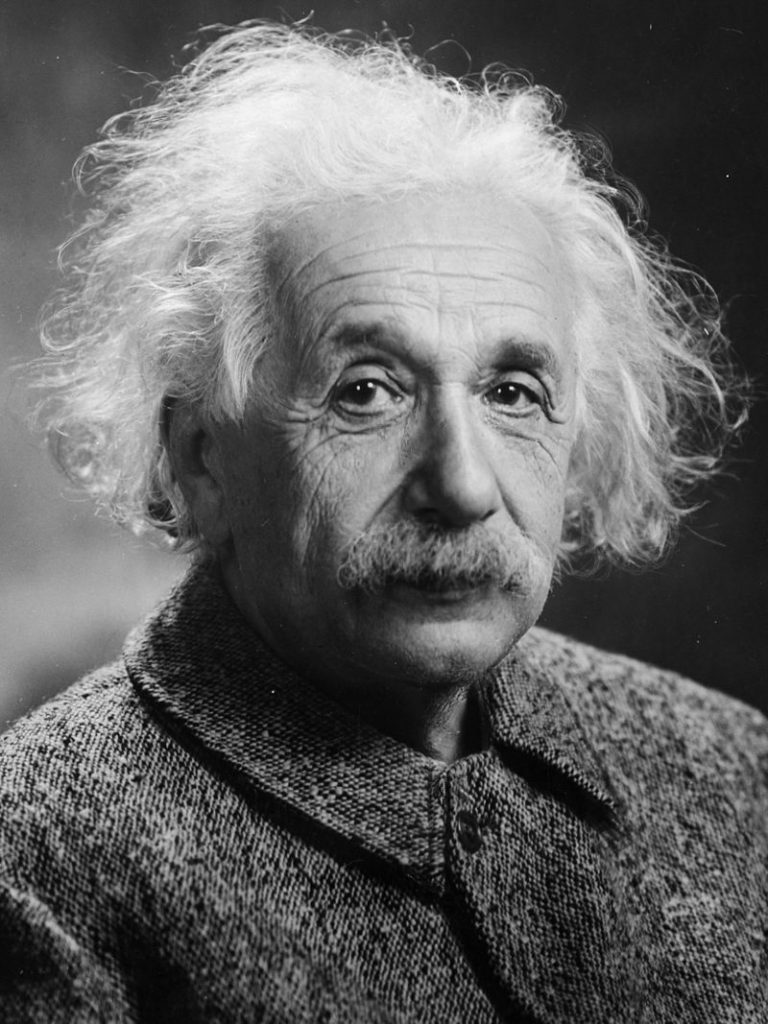 I was flying back from a client visit and somebody left a TIME magazine in the seat back pocket where I was sitting (TIME, November 27, 2017 edition). The cover caught my attention; the 25 Best Inventions of 2017. I pulled it out and started to browse. The article that caught my attention was “The Making of Genius, How History’s Greatest Thinkers Broke with Tradition and Solved Problems Nobody Else Could See” by Water Isaacson. The article started out with a provocative first paragraph “Being a genius is different than merely being super smart. Smart people are a dime a dozen, and many of them don’t amount to much. What matters is creativity, the ability to apply imagination to almost any situation.” Wow, pretty interesting premise. Most people think of genius as just being super smart.
I was flying back from a client visit and somebody left a TIME magazine in the seat back pocket where I was sitting (TIME, November 27, 2017 edition). The cover caught my attention; the 25 Best Inventions of 2017. I pulled it out and started to browse. The article that caught my attention was “The Making of Genius, How History’s Greatest Thinkers Broke with Tradition and Solved Problems Nobody Else Could See” by Water Isaacson. The article started out with a provocative first paragraph “Being a genius is different than merely being super smart. Smart people are a dime a dozen, and many of them don’t amount to much. What matters is creativity, the ability to apply imagination to almost any situation.” Wow, pretty interesting premise. Most people think of genius as just being super smart.
Walter Isaacson studied many highly accomplished people in history including Benjamin Franklin, Albert Einstein, Leonardo da Vinci, Steve Jobs, and others. He found some striking similarities and differences. In the case of Benjamin Franklin and Leonardo da Vinci, they were both largely self-taught. Franklin taught himself to be an inventor, diplomat, scientist, writer, and businessman. He is famously known for his kite flying antics which proved lightning is electricity and then invented the lightning rod to protect structures from the dangers of lightning strikes.
Leonardo da Vinci was similarly self-taught and ignored conventional wisdom from the start. We all know the profound artistic talents of da Vinci from the huge sculpture of David to the magnificent artwork in the Sistine Chapel, most people don’t know that da Vinci’s brilliance spanned multiple disciplines. He was an avid observer of many things in nature. He studied the faces of cadavers to learn how the muscles in the face create a smile. He was an accomplished anatomist and his detailed knowledge of human anatomy allowed him to paint some of the most astonishing paintings of all time.
Einstein on the other hand, developed slowly as a child but eventually completed formal training at the Zurich Polytechnic. There is an interesting blend that emerges when comparing da Vinci and Einstein. Both were extremely well versed in both the sciences and the arts. Einstein would play Mozart on his violin to clear his mind when he was stymied on his pursuit of theories. Steve Jobs, also profiled by Isaacson, was also a genius at combining the arts with sciences. Jobs was obsessed with design and had an almost maniacal focus on the getting all of the little details just right. Apple didn’t invent the mp3 player or the cell phone, but Apple gained significant market share by designing devices that were easy to use and were aesthetically pleasing.
What did all of these geniuses have in common? Insatiable curiosity. They asked questions that nobody else asked. They dug deep into seemingly minute details to find answers. Both Einstein and da Vinci pondered in exacting detail “why is the sky blue.”
So you might ask, how is this related to polymer innovation? The discussion of this question will be the subject of the next post.
Image source: https://en.wikipedia.org/wiki/Albert_Einstein

Leave a Reply